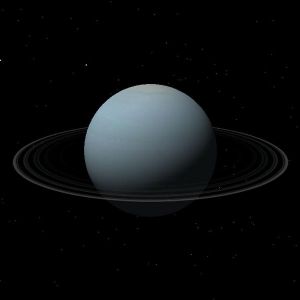Uranus
Jump to navigation
Jump to search
Uranus is the 7th planet from the Sun. It has at least 27 natural satellites.
see also: Wikipedia [1]
Go to Addons for Uranus
Natural satellites[edit]
 | This article, about a planet, is a stub. You can help Orbiterwiki by expanding it.
:
| |||||||||||||

